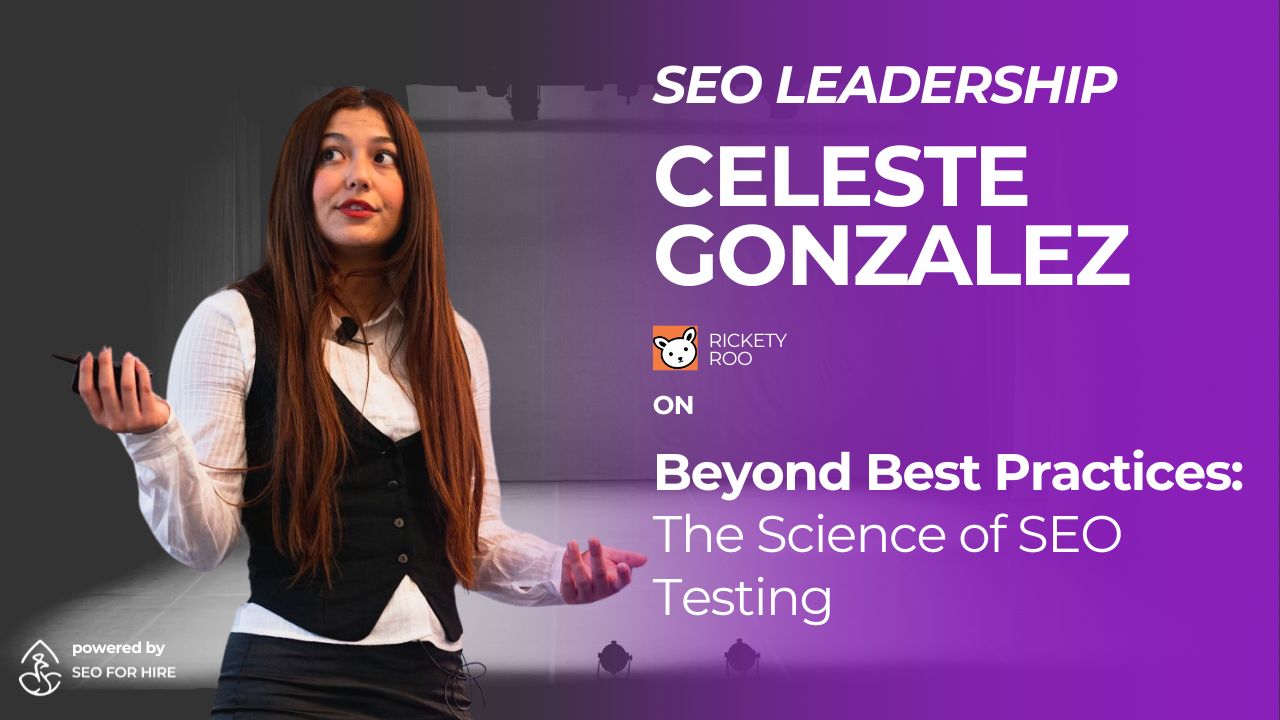TL;DR: How Do You Build and Scale an SEO Team?
Start senior when building a team; strong leadership enables scale.
Align SEO initiatives with business goals to win stakeholder buy-in.
Look for communicators, storytellers, and proactive problem-solvers when hiring.
Keep SOPs relevant by embracing adaptability and encouraging contributions from all levels.
How Do You Build and Scale an SEO Team? Insights from Travis Tallent
In a recent episode of Diary of an SEO, hosted by Josh Peacock, Craig Dewart, and Daris Benallal from the SEO for Hire team, we sat down with Travis Tallent, VP of SEO at Brainlabs.
The discussion explored growth, leadership, hiring strategies, and how to establish yourself as an effective SEO leader. Here are the highlights.
How Did Travis Tallent’s SEO Journey Begin?
Travis started in SEO during college, building a scholarship application platform that functioned like a search engine. Without realising it, he was already working in SEO.
From there:
Wpromote: Built processes and contracts, scaling a team beyond his immediate reports.
Booyah Advertising: Hired as a solo SEO, he built a team of seven.
Brainlabs: Now VP of SEO, leading a global team of 50+.
His experience spans both resource-rich agencies and building from scratch, shaping his approach to leadership.
How Should SEOs Align Value in Client Pitches?
Travis emphasises two key principles:
Listen to business goals.
Align SEO requests (like hiring a content strategist) directly with business objectives (e.g., lead quality).Build relationships.
Trust makes tough conversations easier and accelerates buy-in from stakeholders.
Should You Hire Senior or Junior Talent First?
When building a team from scratch, Travis advises:
Start senior. Your first hire should be a lieutenant, someone to help scale, strategise, and share responsibility.
Training juniors is valuable, but in the early stages, two strong leaders can set the foundation for growth.
What Traits Does Travis Look for in SEO Talent?
Communication skills – The ability to be direct, influence decisions, and handle tough conversations.
Storytelling ability – Turning complex or dull SEO insights into compelling narratives for stakeholders.
“Dragon slayer” stories – Candidates who can clearly communicate achievements, showing impact.
Willingness to work – A hands-on mindset, regardless of seniority.
Technical SEO knowledge – Important, but easier to test and evaluate in interviews.
How Do You Keep SOPs Updated While Scaling?
SEO constantly evolves, processes must, too. Travis recommends:
Embrace adaptability. Build a culture where change feels normal, not disruptive.
Bottom-up contribution. Empower juniors to create new processes, giving them ownership and expertise.
Iterative updates. SOPs (like keyword research) should evolve regularly with industry changes.
This bottom-up approach is more scalable and engaging, ensuring processes don’t stagnate as teams grow.
For more on the future of SEO hiring, read our guide: 2024 SEO Job Market Forecasts with SEOjOBS’ Nick LeRoy.
Looking to bring on A-player SEO talent?
Listen to the full episode with Travis Tallent below:



